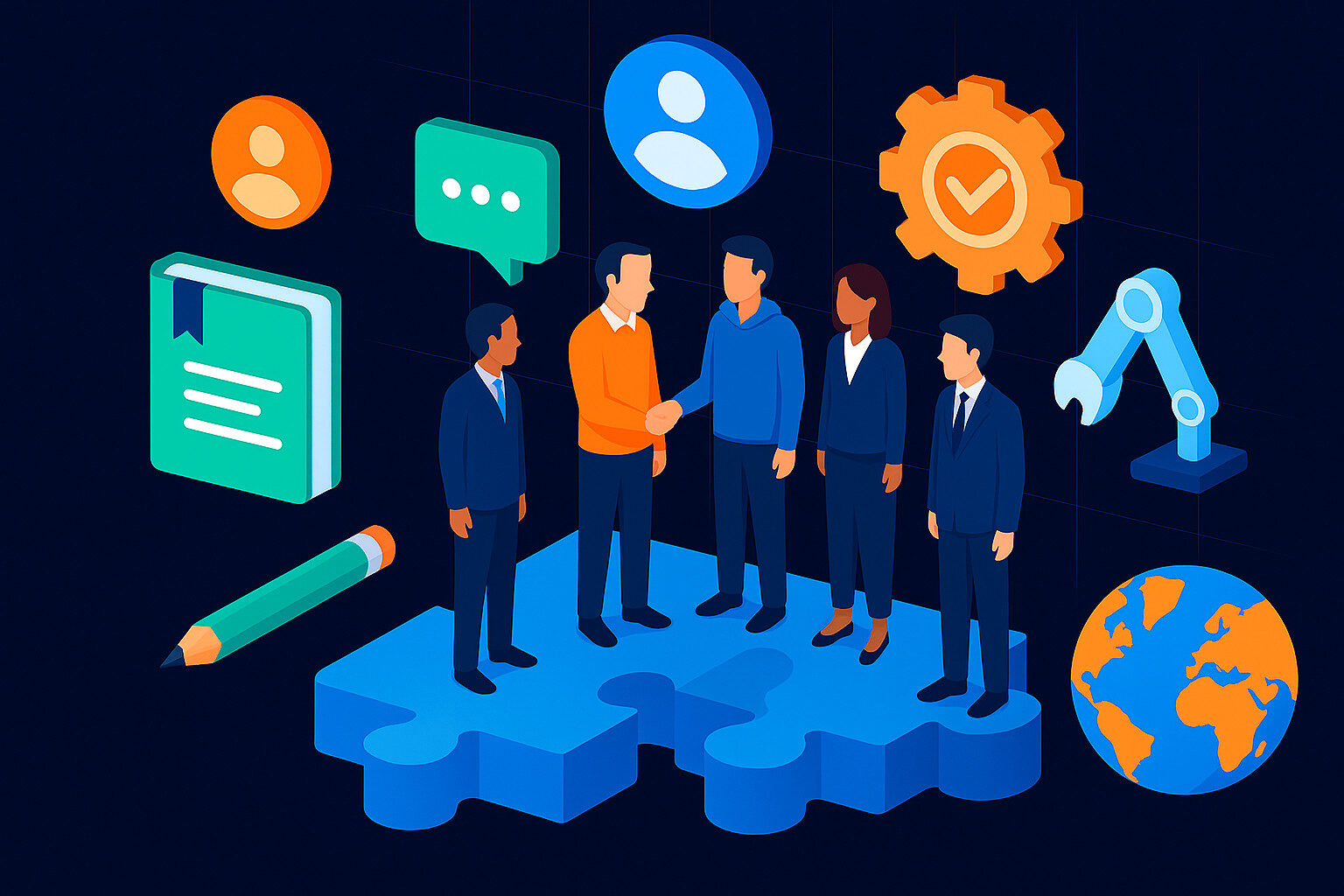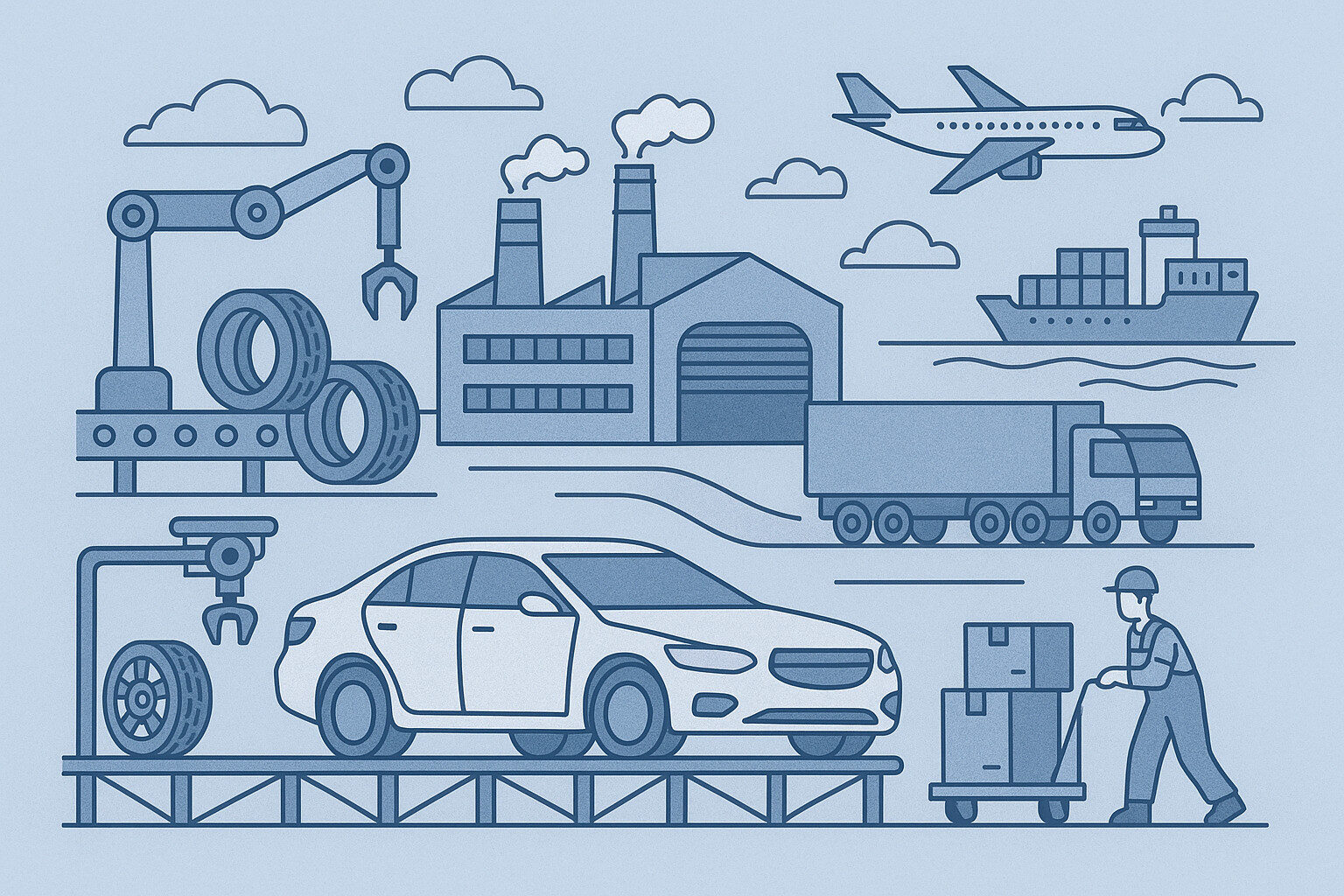Key Takeaways
- “Eyes wide open” learning beats title-chasing—your playbook gets rewritten once you become CEO.
- Leadership is now horizontal: breadth, synthesis, and people-judgment matter more than deep single-function mastery.
- Hiring in 2025 favors grit, agility, and trust-building over résumé perfection.
- Empathetic leaders move faster because trusted teams move faster.
- Gen Z retention improves when you offer a bigger playground (impact, autonomy, growth), not ping-pong tables.
- Supply chains need balanced resilience (local + regional + global), not a one-size-fits-all model.
Innovation is non-negotiable—treat manufacturing like tech: ship, learn, obsolete yourself, repeat.
From CFO to CEO: Why the Playbook Changes
Paul Reitz didn’t set out to be a CEO. He set out to learn continually and “do as much as possible” a theme that defined his rise from public-company CFO to President and then CEO of Titan International. Finance gave him context and discipline, but it didn’t immunize him from the shock of the top job:
“Once you jump into the CEO role, your life goes from vertical to horizontal… 90% of how I think has been rewritten since becoming CEO.”
That pivot is the essence of modern manufacturing leadership. It’s less about being the smartest person in any one function and more about knowing enough about everything and stitching it together through people.
What changes at the top:
- Depth → Breadth: You stop optimizing a function and start harmonizing the whole system.
- Certainty → Learning: The moment you feel “expert,” you’re already behind.
- Control → Trust: Frameworks replace micromanagement; clarity + accountability accelerate the org.
Leadership in Uncertainty: Build for Speed, Not Perfection
The post-COVID era is murkier than the crisis itself. In 2020, problems were big but bounded. Today, challenges spike from every direction geopolitics, tariffs, AI velocity, talent shifts, and demand variability across regions and product lines.
“There are no boxes for today’s challenges… It’s the new normal.”
Operating principles for murky markets:
- Shorter strategy loops: Yearly reviews are obsolete; think quarterly (or monthly) adjustments.
- Transparency → Trust: Make the real constraints visible so teams can choose speed without fear.
- Risk ownership: Leaders must take personal risk (e.g., bold hires) and model how to learn fast when wrong.
- Agile circles: Cross-functional squads that can diagnose → decide → deliver inside 2–6 weeks.
Hiring What You Can’t Train: Grit, Judgment, and Empathy
Titan has evolved its hiring lens. Experience still matters but attributes now decide. Reitz cites a critical Vice President hire where they passed on “plug-and-play” résumés for a candidate with grit and determination who could thrive amid change.
“A bad hire can break trust quickly. We guard the team’s equilibrium.”
Attributes to screen for now:
- Learning velocity: Can this person rewrite their assumptions every quarter?
- Agency under ambiguity: Do they act without perfect data?
- Team trust: Do peers want to work with them again?
- Empathy: Not niceness perspective-taking that improves judgment and speed.
A practical rubric (score 1–5 each):
- Situational learning (post-mortems, course correction stories)
- Bias-to-action (decisions under uncertainty)
- Systems thinking (can connect supply, customer, finance, ops)
- Trust signals (references on collaboration + candor)
- Empathy in conflict (how they handled hard feedback/tradeoffs)
Gen Z: Retention Is a Bigger Playground, Not Louder Perks
Reitz’s team retains young talent by offering a wider canvas from day one: real scope, real impact, and visible products that matter in the world.
“We don’t box early-career hires into tiny lanes. We give a bigger playground and see what they do.”
What works:
- Impact visibility: Show where the work touches end users and terrain (e.g., tires, tracks on ATVs/UTVs and heavy equipment).
- Autonomy + guardrails: Define clear outcomes, then let them figure out the “how.”
- Growth transparency: Make lateral moves and stretch projects normal, not exceptions.
- Respect as default: Empathy + standards. Not always “nice,” but always respectful and direct.
What to avoid:
- Symbolic perks with no ownership.
- Over-structuring entry roles into routine, low-agency tasks.
- Vague career paths ambiguity kills retention.
Supply Chain: Resilience by Design (Local + Regional + Global)
The globalization “answer” is gone. The future is deliberately hybrid with different mixes by market, product, and risk profile.
“A complex hybrid model is harder to run, but safer than a single global model.”
Leader checklist:
- Map true risk: Single points of failure, political exposure, logistics chokepoints.
- Dial the mix: Decide where you need local capacity, where regional is enough, and where global still wins.
- Scenario speed: Build plans to go from 60% to 80% domestic/regional capacity on trigger events.
- Customer alignment: Your resilience is useless if customers can’t adapt with you co-plan.
Treat Manufacturing Like Tech: Perpetual Innovation
Reitz backs all credible innovation good market, bad market because the cadence of manufacturing has shifted closer to software.
“Every new product should come with a plan for when we’ll obsolete it.”
Adopt a tech cadence:
- Shorten development cycles. Pilot faster, iterate faster.
- Put application teams near end users. Close the loop from field to factory.
- Budget for tooling even in downturns. Defensive cuts kill the future.
- Measure learning per dollar, not just ROI per SKU.
Culture in One Line: Learn Fast, Lose Fast, Move On
Nobody goes undefeated. The job isn’t to avoid wrong calls it’s to reduce the half-life of bad ones. Titan’s mantra captures it:
“If you’re going to fail, learn quickly. Then move.”
That’s how you keep teams optimistic in uncertain times: show them that speed of learning is the real moat.
Final Word from Paul Reitz
- Keep learning titles follow momentum, not the other way around.
- Hire for attributes grit, empathy, and trustworthiness beat perfect résumés.
- Balance your chains resilience is designed, not wished for.
Innovate relentlessly treat manufacturing like tech.




